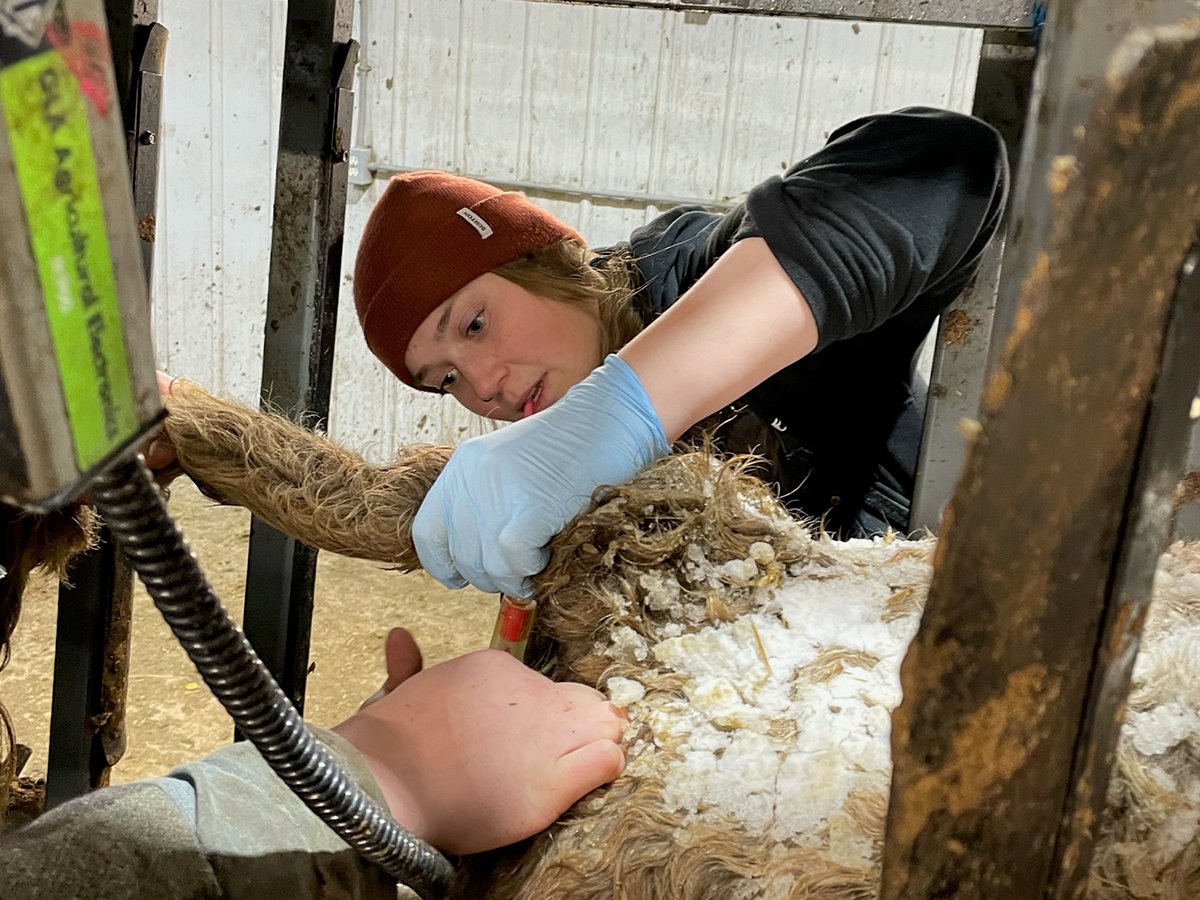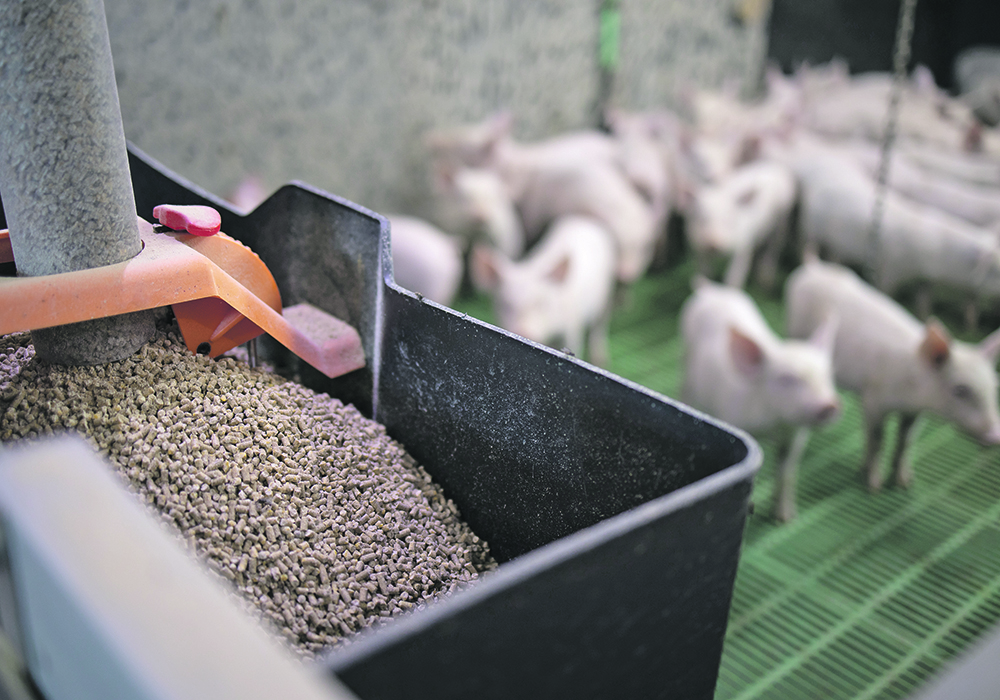EDMONTON — Scientists are continuing to unravel the mystery of fatal prion diseases.
“Prions induce fear, and a lot of the reaction comes from a fear-based response because we know in the case of mad cow disease, that has been transmissible to humans,” said Valerie Sim, a neurologist at the University of Alberta’s centre for prions and protein folding diseases.
Figuring out what kind of disease can be caused sporadically, genetically or acquired remains the great puzzle for researchers.
They have learned a great deal about misfolded proteins yet continue to struggle with the basics of how transmissible spongiform encephalopathies (TSE) start.
Read Also

Pen riders better than tech at detecting respiratory disease in feedlot cattle, says researcher
Katrina Garneau’s recent research found that pen riders are better than technology at flagging signs of BRD in feedlot cattle.
Scrapie was the first prion related disease noted in livestock. It was thought to be a slow virus with no clear immune response. Infected animals suffer from excessive itching and start to lose their wool.
Cases of kuru, another TSE, occurred among some tribes in Papua New Guinea who practiced cannibalism when they ate the brains of dead people as part of a funeral ritual. They no longer do this, but cases continued for years after because the disease has a long incubation period.
Kuru puzzled scientists until a scientist noticed that an infected brain that was part of a travelling exhibit had holes similar to what is seen in sheep with scrapie.
“It was unclear how it was spreading in that community until a comparison was made in the pathology of the brain from these patients,” Sim told an infectious disease conference at the U of A.
BSE can occur sporadically, but it was a disaster when it was discovered in Great Britain more than 25 years ago. Two million cattle were infected after eating protein supplements containing ruminant byproducts.
People eating contaminated beef were eventually infected, and 229 worldwide have died of a variant form of Creutzfeld Jacob Disease (CJD).
Chronic wasting disease in deer and elk is appearing with greater frequency in Alberta and Saskatchewan. It seems to be spread into the environment through urine, saliva and feces.
“There is no evidence it causes disease in humans, but time will tell,” Sim said. “It takes a significant dose to cross the species barrier.”
The average time to death after onset of symptoms is four months in people who develop CJD. The patient experiences balance problems, hallucinations, blindness, progressive dementia and eventually cannot move or speak. It is rare and peaks in the sixth decade of life.
Most cases are sporadic with no clear cause, while 10 percent are genetic and less than one percent is acquired. Researchers have learned that a normal prion protein is expressed throughout the body.
“We don’t really know what it does, but it may have some neuro-protection or protection against oxidative stress,” Sim said. “It may act like a grand facilitator, helping other molecules function well.”
A prion protein that misfolds converts other naturally occurring prion proteins and eventually spreads to the brain.
“What does it look like? We don’t know. It is a difficult protein to study,” said Sim.
It appears that a TSE-associated prion has a different conformation, so new therapy approaches are aimed at inhibiting conversion. Each of these conformation changes are complex, and there are different prion strains.
A combination of therapies may be needed, but there is not much time to intervene once it is diagnosed, and treatment may do more harm than good. A promising treatment is finding a way to stop the bad prions from binding to normal ones, said Sabine Gilch of the University of Calgary’s faculty of veterinary medicine.
One way is to use peptide aptamers that bind to target molecules, but the experiments are in the early stages, she told the Alberta Innovates conference in Edmonton.
Such an approach could be used to treat Alzheimer’s disease by stopping the death of brain cells.
“To deliver those substances into the brain is not so easy,” she said.
















